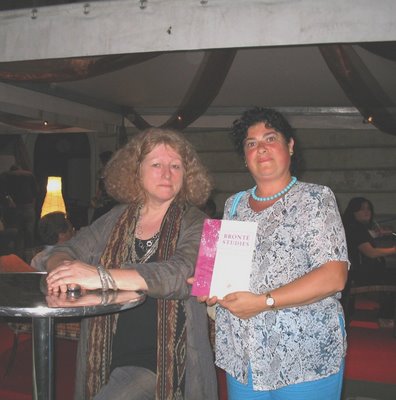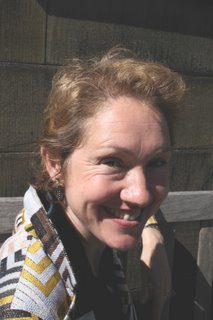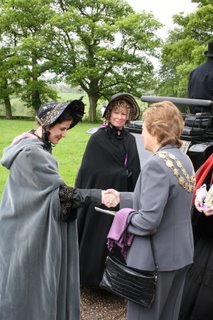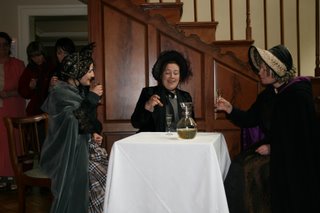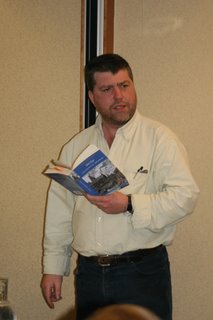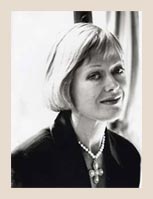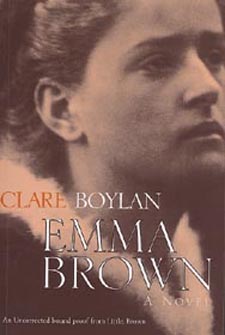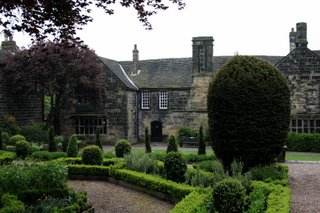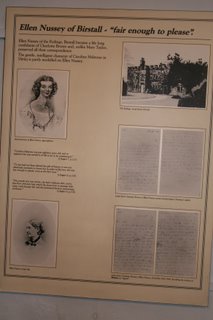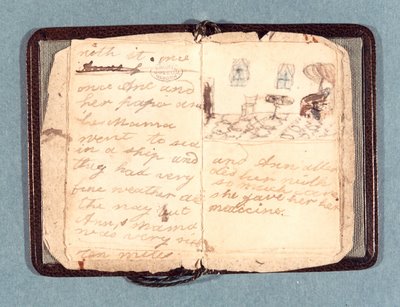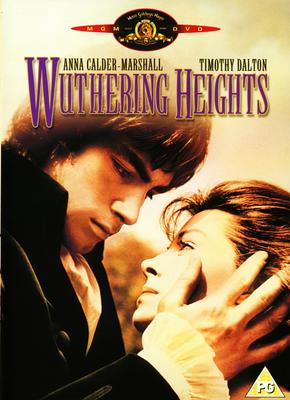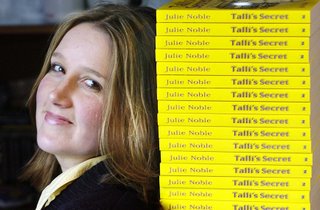Wide Sargasso Sea adapted for BBC FOUR this Autumn
Rafe Spall, Rebecca Hall and Nina Sosanya head up the cast in an adaptation of Wide Sargasso Sea, Jean Rhys' highly-charged prequel to Jane Eyre by Charlotte Brontë, by the makers of Spooks and Life on Mars.
Set in the lush landscape of Jamaica after the emancipation of slaves, Wide Sargasso Sea tells the story of the arranged marriage between a white Creole heiress and an Englishman (see below)
Rhys, herself a Creole, felt Brontë had misrepresented Creole women in her work. She wanted to show an alternative to the story of Bertha Mason, Mr Rochester's first wife, and dispel the 'mad wife' image created by Bronte.
Rhys' powerful work describes not only the meltdown of lust and passion, but also the atmosphere of paranoia and racial tensions that characterised the Caribbean in the 1830s.
The film stars Rafe Spall (The Chatterley Affair) as Edward; Rebecca Hall, appearing in Christopher Nolan's new film The Prestige this Autumn, plays his wife Antoinette Cosway; Nina Sosanya (Casanova) plays her nurse Christophine; Michael Maloney plays Mr Mason; Victoria Hamilton plays Cora; and Katrine de Candole plays Annette.
BBC FOUR Controller Janice Hadlow said: "It's great that Jean Rhys' captivating prequel to Jane Eyre is being adapted for BBC FOUR and with such a fantastic cast."
Claire Parker, Co-Executive Producer, said: "Stephen Greenhorn's wonderful script and Brendan Maher's fresh, original direction have attracted a fantastic cast to the project, from exciting, young, emerging talent such as Rafe Spall and Rebecca Hall, to established names such as Nina Sosanya, Victoria Hamilton and Michael Maloney.
"We are delighted to have the opportunity to bring to the screen Jean Rhys' passionate story of the first Mrs Rochester.
"This is period drama with a twist – contemporary and compelling."
Filming for Wide Sargasso Sea is currently underway in Jamaica and in locations around the UK.
The film is a Kudos Film and Television production and
is adapted by Stephen Greenhorn, who has written extensively for the stage and television.

Jean Rhys
The novel
James Fox adds:
Wide Sargasso Sea by Jean Rhys (new edition published by Penguin in 1997)
This is the story (first published in 1966) of Bertha, Rochester’s first bride. The novel gives us a new slant on the Brontë classic and a damning observation of colonialism in the West Indies. It is set just after the slaves have been emancipated, when race relations are tense. Rochester knows the woman whom he later calls Bertha (it’s her middle name) as Antoinette. She is descended from once-rich plantation owners, and has a number of half brothers and sisters, the result of her father’s relationships with various black women.
She is a “white creole� with a taint, at the time scandalous, of “racial impurity�. In addition, there is a suspicion of mental instability, so she is not accepted by either the local black community or by the white colonial establishment.
Rhys makes it clear that alternative voices have been suppressed in Jane Eyre : here, Rochester and Antoinette have the speaking voice divided between them, although Rochester is never actually named. He is portrayed as a younger brother full of pride and prejudice who is lured into a marriage without love by his unscrupulous family. He accuses Antoinette of being promiscuously attracted towards black people - but he has no qualms about making love with the maid Amelie, so revealing his hypocrisy with regard to former slaves. Briefly, he is happy at Granbois, but he readily believes the worst about his wife, and everything falls apart.
Jean Rhys can not change the essentials of the Brontë text, but she does allow us to see the events from a new angle, and leaves the ending open. Antoinette dreams of the fire and her death-leap but the novel ends with her resolve to do something. Irony indeed!
